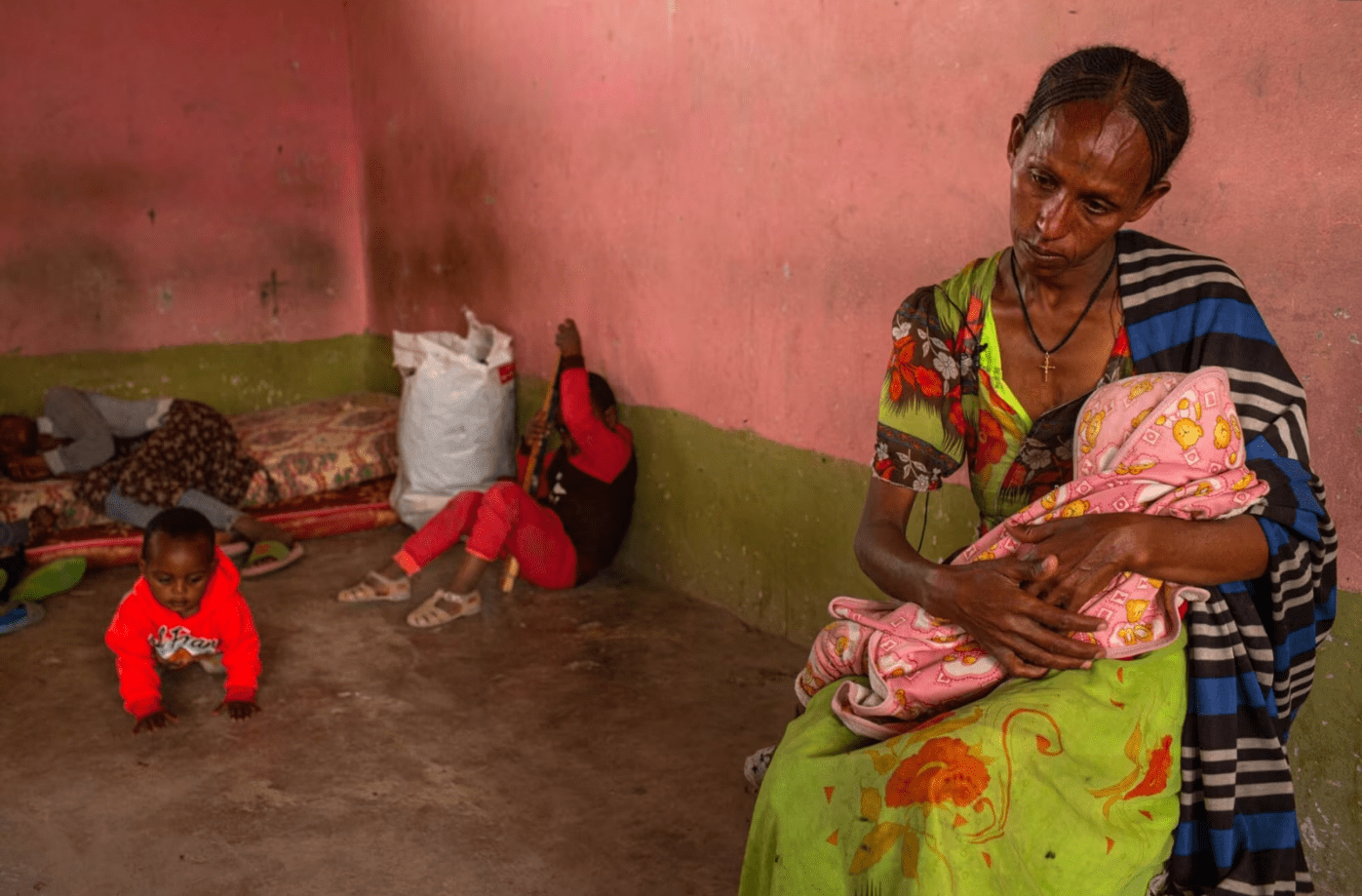A new journal article by Bridget Conley and Chad Hazlett (Assistant Professor of Political Science and Statistics, UCLA) is now available. The article, “How very massive atrocities end: A dataset and typology” can be accessed through the Journal of Peace Research, presents research on the endings of 43 cases in which more than 50,000 civilians were killed. Below is an excerpt from the Introduction.
Mass atrocities – widespread and systematic violence against civilians – have proven easier to condemn than to stop. Yet these atrocities do eventually stop. Valuable lessons for halting future atrocities may be learned by studying past terminations, but little systematic work has sought to characterize how even the largest atrocities have ended. Instead, nearly all work on atrocity endings has examined the effects of third-party interventions, such as sanctions or peacekeeping missions, on the scale or duration of violence. These studies provide important insights, but do not illuminate the variety of ways in which atrocities end, especially when endings are unrelated to outside intervention. This article aims to advance and facilitate research on the empirical question of how very large atrocities have ended. We introduce a dataset describing the 43 mass atrocities involving 50,000 civilian fatalities since 1945. Our focus on these very massive atrocities ensures the availability of data required to satisfy our coding rules. Consequently, we speak only to how these ‘worst’ atrocities end. Because these events are so large as to require a degree of coordination and capacity, they may differ in important ways from smaller atrocities, not to mention other violent phenomena such as terrorist campaigns or criminal activities.
In addition to providing data on each atrocity and how it ended, we provide complete case studies and a narrative description of each ending. We also offer a framework that organizes these endings into three types. First, atrocities end as planned when perpetrators achieve their aims, often by eliminating the threat they believed was posed by the targeted group. Second, atrocities canend when perpetrators were prevented from achieving their aims, notably through military defeat. The third ending type, labeled strategic shift, occurs when perpetrators retain power and capacity, and continue to pursue their initial goals, but through means that no longer rely upon mass killing of civilians. Such a shift may be a response to rising (military, political, or economic) costs of continuing the atrocities, failure to achieve the intended goals, or shifts in political power and preferences within the perpetrating organization.
Of the 43 mass atrocities we study, 16 (37%) ended as planned. These atrocities tend to be shorter, averaging 3.9 years as compared to 7.3 for the other two groups. The proportion of atrocities ending this way appears to be decreasing in recent decades. Atrocities ending by strategic shift account for 16 (37%) of the cases, with an increase in the proportion ending this way in recent decades, commensurate to the decline in as planned endings. Finally, endings by defeat account for the remaining 11 (26%) of cases, and have remained relatively static.
This work has several implications of interest to policymakers. First, we note that no atrocity reaching the 50,000 fatality scale has ever come to an end due to an armed, foreign intervention that remained neutral. In contrast, 11 atrocities have come to an end due to defeat of the perpetrator in armed attacks by either foreign or domestic forces. Critically, however, such non-neutral interventions do not always succeed – and are sometimes implicated in further atrocities. Second and more optimistically, the increasing share of atrocities ending through strategic shift suggest that international actors have opportunity to encourage less violent endings by raising the political, financial, or other costs of perpetrating mass atrocities, by bolstering more moderate actors, or by supporting mediation designed to resolve core conflict issues by means other than mass atrocity.
Full article available through the Journal of Peace Research.


